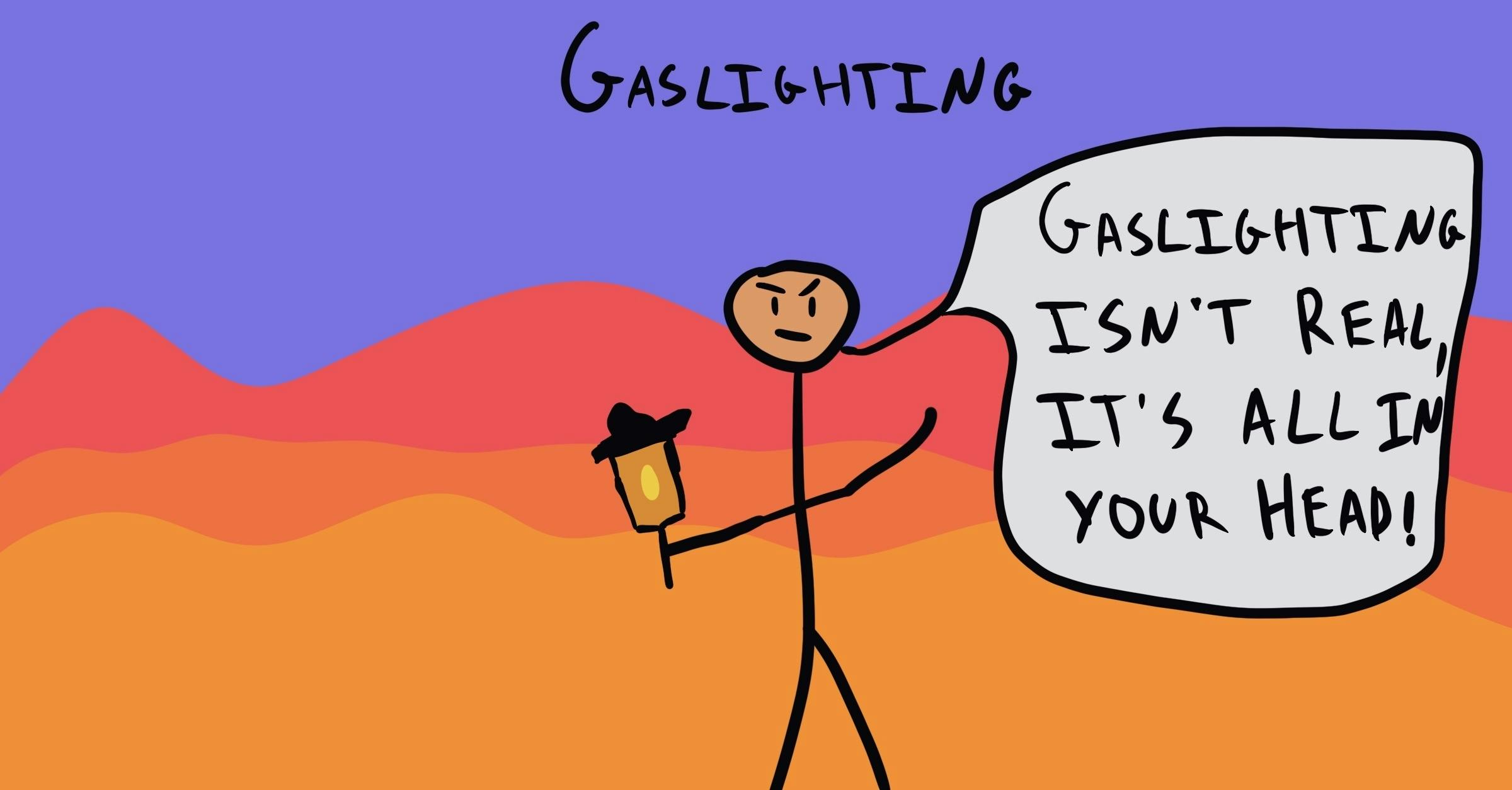Gaslighting
The Basic Idea
Imagine that you are having an argument with your partner after finding out that they lied to you about where they were. You try to calmly approach the conversation in an attempt to understand what happened, but it quickly escalates into a heated argument. Your aggrevated partner begins to make statements that do not make sense or are irrelevant, saying things like:
- “I have no idea what you’re talking about, I was at the gym.”
- “You’re crazy! It’s like you’re stalking me and need to know where I am all the time.”
- “Well, where were you the other day?”
- “You’re overreacting.”
Each of these responses represents a different form of gaslighting, a form of psychological manipulation that causes you to question your own feelings and thoughts. In the first example, your partner is lying to you. In the second, they are discrediting you by calling you crazy. In the third, they are distracting you and shifting blame. In the last one, they are minimizing your feelings.1
There are a few other forms of gaslighting we’ll further explore in this article, but the main idea is that the person who is gaslighting you tries to undermine your sense of reality and therefore question whether your emotions are valid. It is a form of emotional abuse that most commonly occurs in romantic relationships, which leaves the victim feeling like they are the ones to blame.1

You are being abused if you find yourself apologizing when you didn’t do anything.
— Tracy A. Malone, a Narcissist Abuse Coach and the author of many books about how to handle narcissistic individuals.2


















